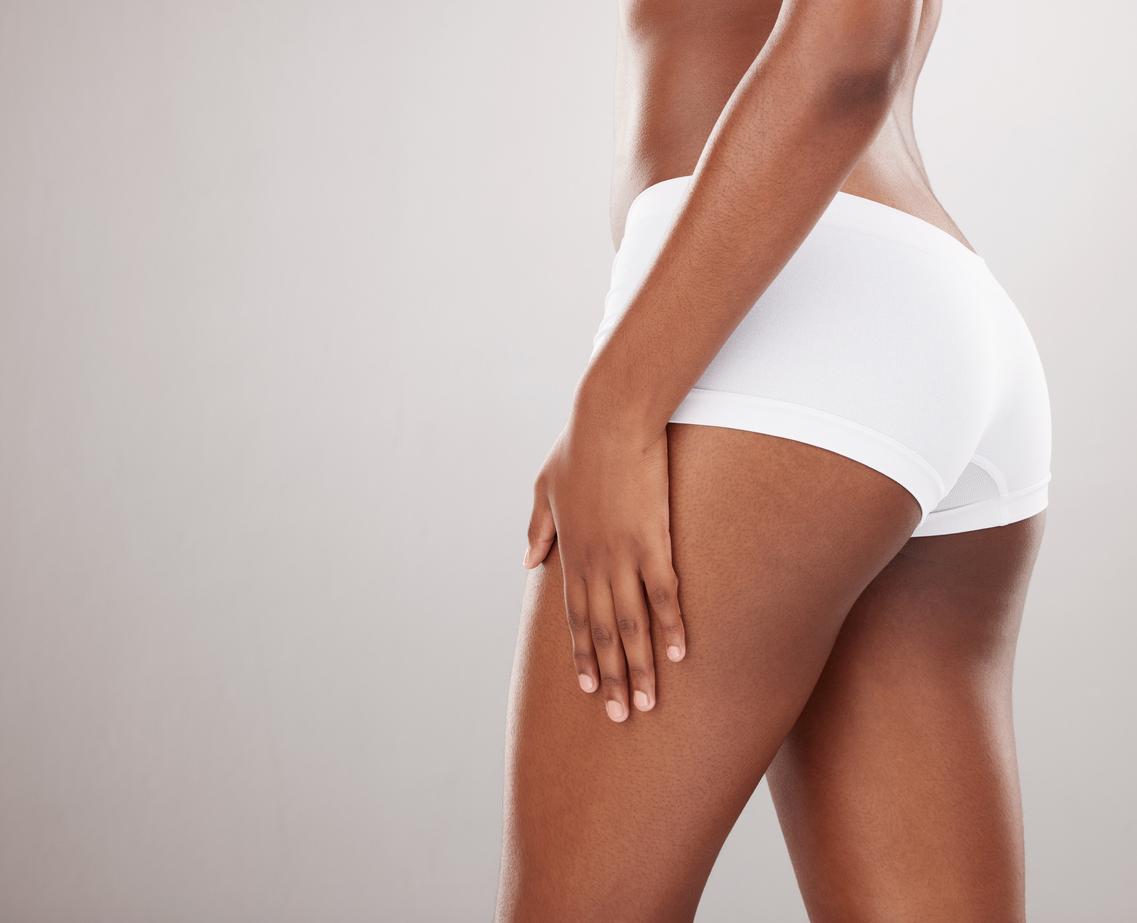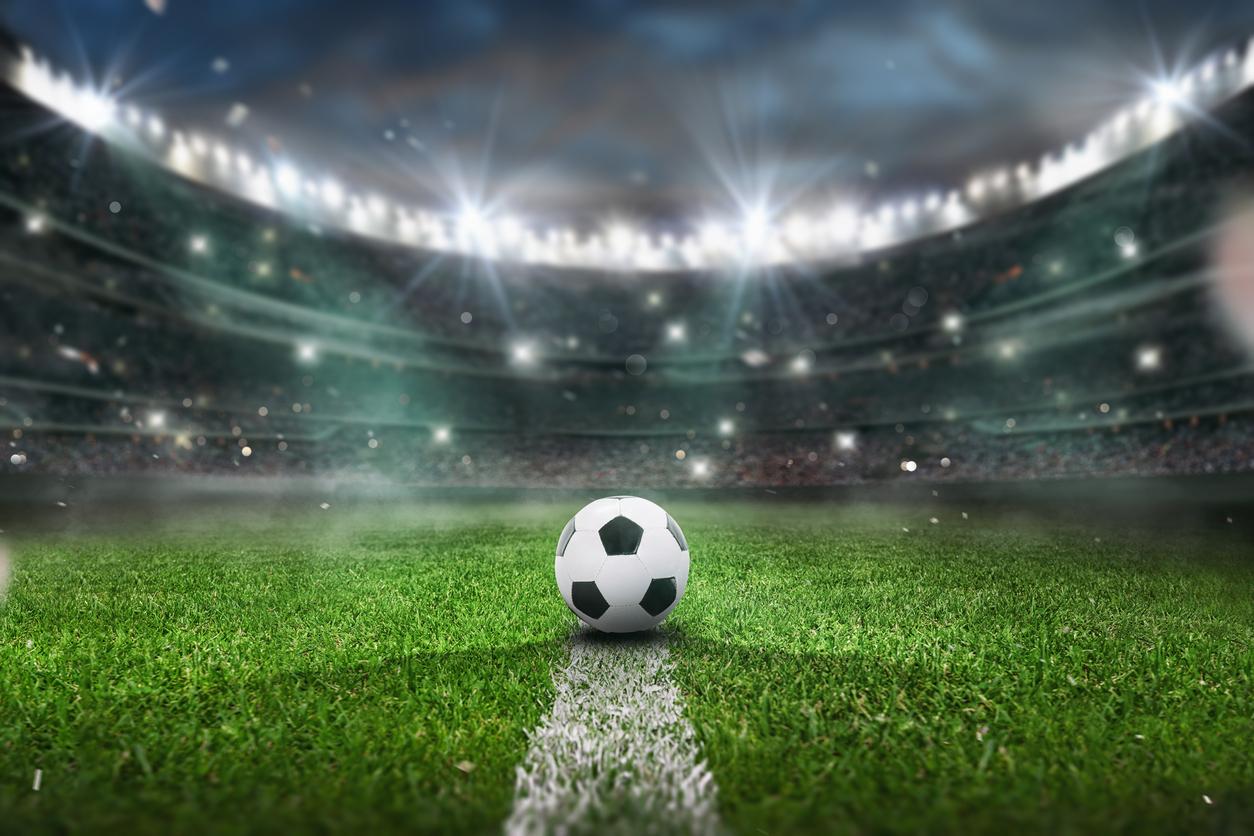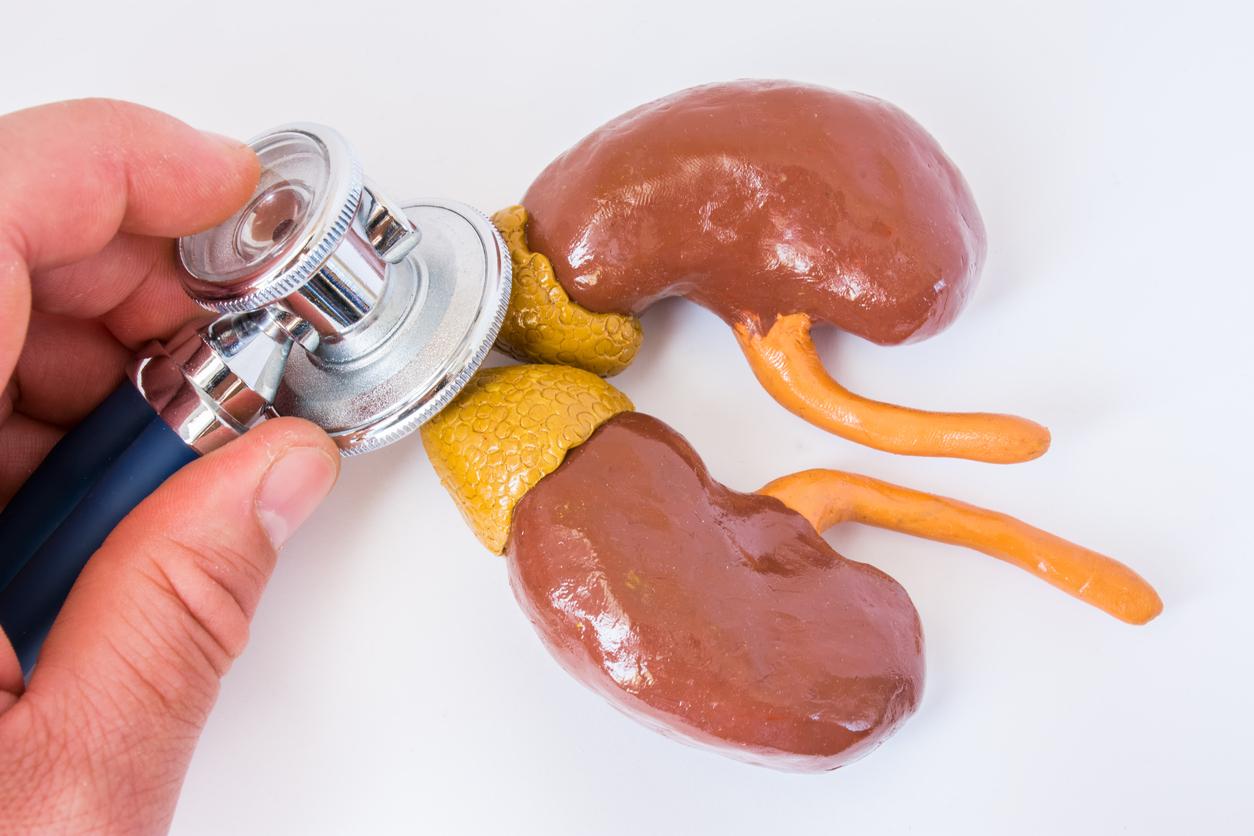
A sharp pain in the calf
You jump, push off or sprint and suddenly feel a hard tap, as if you are being beaten with a whip. It seems like something snaps; sometimes you hear that too. Whiplash is most common in the calf muscle, but can occur in all muscles. What do you do with this acute injury?
A whiplash suddenly causes a tear in a muscle. The tear is usually small: 1 to 3 centimeters. Blood vessels also often rupture and a bruise occurs in the muscle.
Men are more likely to suffer from whiplash than women. Just like middle-aged athletes. A possible explanation for this is that the muscles become less flexible and change with age. Sports that are most likely to cause a whiplash are football, tennis, basketball and running.
All of a sudden
A whiplash usually occurs with sudden effort. Sports and cycling are often the culprits: for example, when running, jumping or accelerating quickly. However, a whiplash can also occur when you are walking normally or standing still. The chance of a whiplash is greater if you exercise with insufficiently warmed up muscles.
You can recognize a whiplash by a hard tap or snapping sensation. At the same time, you get sharp stabbing or burning pain. Some people even get dizzy or nauseous from the pain. Walking is difficult and painful. Sometimes a swelling or bruising occurs.
cooling
Immediately after the injury, it is very important to cool the affected area and raise it. This is especially necessary for the first 24 hours. Cooling can be done with ice in a bag or an ice pack. Wrap the ice in a cloth to prevent the skin from freezing. Cooling often relieves the symptoms. You can do this for 10 to 15 minutes several times a day. A pressure bandage can also provide some firmness, but does not speed up healing.
To move
After a whiplash, rest is important, but the same goes for movement. If you can walk without pain immediately or after a day or two, it is not a serious whiplash and no further measures are needed. Be extra careful with sports. Will the pain stay? Then raise your leg when you sit down and use crutches as long as walking hurts.
Try every day if you can do something more: leaning on one’s leg, standing, walking, cycling. A slight heel increase in the shoe often provides a solution. Exercises can also help. For example, rotate your foot in circles or gently pull the foot up and press it down again. If you experience pain, you should stop. A slight sensitivity is allowed.
And further?
Physiotherapy is generally of little use in the case of a whiplash. If you are in a lot of pain, you can use a painkiller: choose paracetamol in the first instance. If that doesn’t work, you can try another painkiller in consultation.
In principle, a whiplash heals on its own. A small tear can heal in two weeks. With a larger tear, recovery takes eight to 12 weeks. Scar tissue develops at the site of the tear; sometimes you feel a bulge. As a result, the muscle is no longer as strong as before and the chance of a new tear is greater. You should therefore build up sports gradually.
Appearance
Unfortunately, a whiplash cannot always be prevented. However, you can reduce the risk by paying attention to a good warm-up and cool down. A good structure of training is also important, as is the use of good equipment. For example, sports shoes with cushioning can help prevent injuries.
To the doctor
If there is no improvement after two to three weeks, it is good to contact the treating doctor. The same applies if the pain gets worse every day or if you notice that your leg is getting more painful and thick. In case of toe complaints – no longer being able to move properly or no feeling – you should also consult a doctor immediately.

















